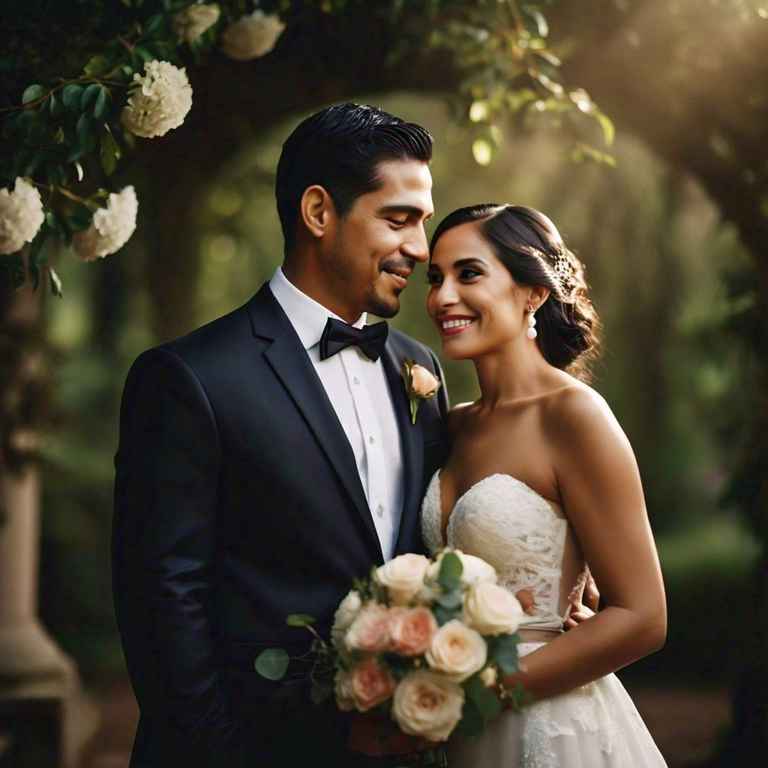When it comes to tying the knot in Australia, registering your marriage is an important legal step that ensures your union is recognized by the government. Whether you're an Australian citizen or a foreign national planning to marry in Australia, understanding the marriage registration process is essential. This article will guide you through the steps involved in registering your marriage, the role of the marriage registration office, and everything you need to know to make the process as smooth as possible.
Understanding Marriage Registration in Australia
In Australia, marriage is legally binding once registered with the government. The marriage registration process involves submitting the necessary paperwork and obtaining a formal marriage certificate, which serves as proof of your marriage for legal, financial, and social purposes. To ensure your marriage is valid under Australian law, the registration must be completed within a specified period after the ceremony.
Step-by-Step Guide to Registering Your Marriage in Australia
1. Choose Your Marriage Celebrant
Before registering your marriage, you'll need to have a legal marriage ceremony. In Australia, you can marry through a civil ceremony or a religious one, but both must be officiated by an authorized celebrant. This celebrant is responsible for ensuring your ceremony meets all legal requirements, including completing the necessary paperwork for marriage registration.
2. Complete the Notice of Intended Marriage
A Notice of Intended Marriage (NOIM) form must be submitted to your chosen celebrant at least one month before the wedding day. This form provides essential information, including your personal details, intended marriage date, and the location of your ceremony. The celebrant will verify the information and ensure that both parties meet the legal requirements for marriage, including being of legal age and not being closely related.
3. Wedding Ceremony
Once the NOIM is filed and the ceremony has taken place, your celebrant will complete the Marriage Certificate, which includes details of the event such as the names of the couple, the celebrant, and the witnesses. The celebrant is also responsible for signing and submitting this certificate to the relevant marriage registration office.
4. Marriage Registration
After your ceremony, the celebrant will send your marriage documents to the state or territory's Registry of Births, Deaths, and Marriages (BDM). This is the official marriage registration office where your marriage will be recorded. Once the paperwork is processed, you’ll receive your official marriage certificate.
5. Apply for Your Marriage Certificate
Although your marriage is officially registered once your celebrant submits the documents, you'll need to apply for an official marriage certificate if you need one for legal or personal purposes. This certificate can be requested from the marriage registration office (BDM) in the state or territory where the marriage took place. Keep in mind that each state may have different fees and processing times for issuing the marriage certificate.
The Role of the Marriage Registration Office
The marriage registration office (typically the Registry of Births, Deaths, and Marriages) is the government agency responsible for recording and maintaining marriage records in Australia. These offices are located in each state and territory, and they play a crucial role in the following:
- Processing marriage registrations: The office ensures that all required documentation has been submitted and properly processed.
- Issuing marriage certificates: Once the marriage is registered, the office provides legal proof of marriage in the form of a marriage certificate.
- Maintaining marriage records: These records are securely stored and can be accessed for verification or legal purposes, such as name changes or divorce proceedings.
Things to Consider
- Time Limits: A marriage must be registered within 14 days of the ceremony. However, it is recommended to complete the registration as soon as possible to avoid any delays.
- Same-Sex Marriages: Same-sex marriages are legally recognized in Australia, and the registration process for same-sex couples follows the same procedure as for heterosexual couples.
- International Marriages: If you're marrying in Australia but are not an Australian citizen, your marriage will still be valid in your home country, but you may need to check with the marriage registration office about any additional requirements.
Conclusion
Registering your marriage in Australia is an important legal step that ensures your union is officially recognized. By following the process outlined above—choosing an authorized celebrant, completing the Notice of Intended Marriage, holding a legal ceremony, and applying for your marriage certificate—you can ensure that your marriage is properly registered. The marriage registration office in your state or territory will guide you through the final steps and provide you with the legal documentation needed to confirm your marital status.





Comments